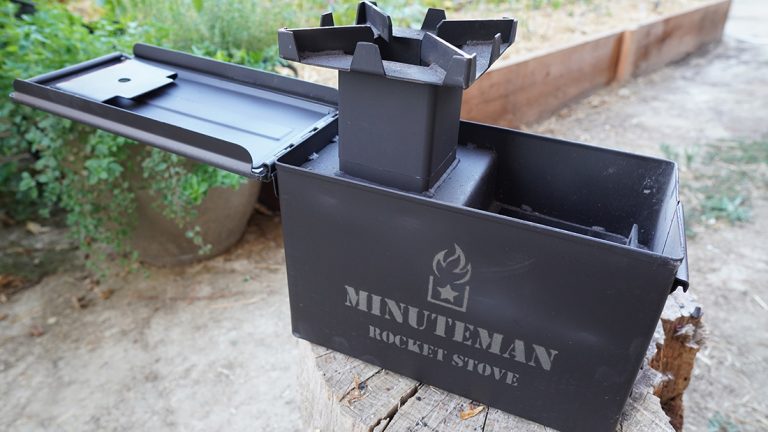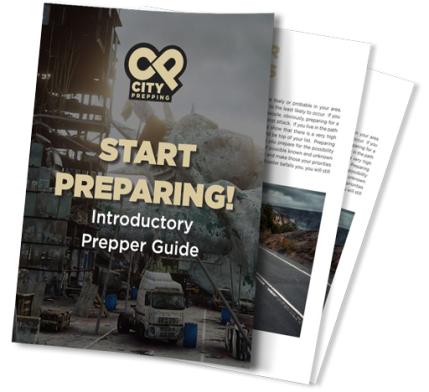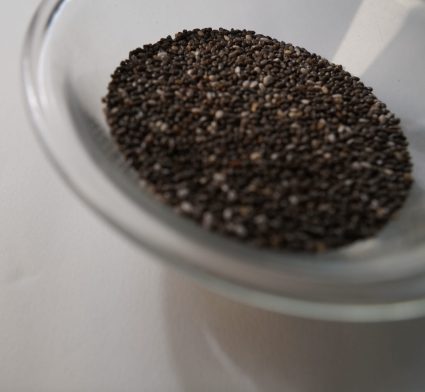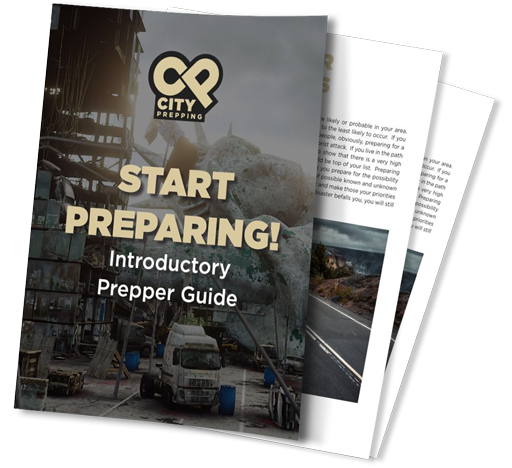- #5 – They produce very little smoke
-
-
- Once they get started, they burn very efficiently and produce little smoke which is great for OPSEC. OPSEC stands for operational security. If you start cooking on an open flame after an emergency has struck your area and people find themselves unprepared or unable to cook food, you’ll draw attention to yourself with a fire that produces a lot of smoke. Having the ability to keep smoke to a minimum will prevent you from drawing unwanted attention. It does this with a fully insulated vertical combustion chamber that forces gases to mix with flames when in use. Also the flame is contained within the stove and is not very visible.
-
- #4 – It uses an assortment of biomass
-
-
- If disaster strikes in your area, typically it’s not too hard to find wood, twigs, leaves, or other forms of biomass laying around. If you don’t have wood stored up in advance, being able to scavenge around your area for small pieces of fuel will allow you to cook with these devices. They take flammable biomass and efficiently burn them.
-
- #3 – It’s easy to transport
-
-
- While this is not something you would carry in a backpack if you had to quickly leave your home due to an emergency that forced you out, it is small enough to easily pack into a vehicle and their compact design allows you to quickly grab it and go along with your other gear you have ready should an emergency arise.
-
- #2 – They’re durable
-
-
- This particular model, the Minuteman rocket stove, is built in the United States with internal ceramic insulation allowing it to reach temperatures in excess of 1200 degrees.
- Be careful with DIY rocket stoves as you’ll see many on YouTube. Unless you specifically have cinder blocks designed for fire, they’ll easily disintegrate which can present a fire hazard.
-
- #1 – They’re efficient
-
- Just a handful of fuel can cook an entire meal. It uses a lot less fuel than an open fire, actually, it uses less than 1/10th the wood required by an open cooking fire or wood-burning stove. There’s no need to store large supplies of wood, scavenge, harvest or process a lot of wood to cook your food if cooking with propane or electricity is not an option.
- Demonstration
-
- The way a rocket stove works is that it has an air chamber at the bottom, a refractory metal combustion chamber above where you add the fuel, and a vertical combustion chamber which helps to efficiently and cleanly burn the fuel. It has lightweight ceramic insulation which helps cut the weight and keeps you from burning your hands if touching the sides.
- We played around with the stove today and to start with, we wanted to see how quickly we could heat up 4 cups of water with a minimal amount of fuel. We added 4 cups of water to the pot and wanted to see how much fuel we would need to bring the water to a boil. Just use about 4 small sticks, we were able to bring the water to boil within a little over 8 minutes. Again, with a rocket stove, you get a much more efficient burn so less fuel is needed.
- Next, using a cast-iron skillet, we were able to cook some eggs very quickly as well. The heat was evenly distributed across the skillet which is one of the great things about using a cast-iron skillet. If you’re going to pick up a rocket stove, I highly recommend you have a cast-iron skillet or dutch oven as well.










